Would you like to sell your photos online and make some handy extra cash?
You don’t have to be a professional to do it nowadays.
Have you ever taken a photograph, uploaded it to a social networking site, and been surprised by just how many people comment on it? If so, it’s likely you could make a bit of cash if by selling your photos online.
- Why sell your photos online?
- How does it work to sell your photos online?
- Top tips for perfect pictures
- How much can you make if you sell your photos online?
- Sell news photos for big money
Why sell your photos online?
Although photography was once considered a rather expensive and complicated hobby, modern technology has created many a budding Herb Ritts or Mario Testino.
Yes, there are a lot of amateur photographers about, but the demand for digital images is also increasing. Every day, new photographs are needed for company websites, public sector newsletters, corporate presentations and thousands of other uses.
This means if you have a camera and an eye for a good image you can sell your photos for good money.
Selling your photos is not hard to do. There are buyers all around the world, so sell your photos online and you can make money while you sleep!
This isn’t child’s play, but if you’re a fast learner you can get up and running quickly. If you can capture an image that is well-constructed, well-lit and properly focused, we’ll show you how to set up a passive stream of income.
How does it work to sell your photos online?
Step 1: Register with an online agency

There are lots of online agencies. Some popular sites include
- Alamy
- Shutterstock
- Getty Images
- Adobe Stock
When you register your details, the site will usually ask you to send between five to ten photos so it can test the quality and type of photos you send them. If your photos don’t conform to the site’s requirements, they will be rejected.
If this happens, don’t worry – just try again, taking their comments into consideration. Sometimes it may just be because they already have too many of the sort of photo you’re sending.
Step 2: Upload your pictures

Once you’ve received the go ahead from the agency you can upload batches of pictures. Each photo is manually checked by the agency in question, so if you want your pictures to go on sale quickly, send them in batches of 5 or 10.
Step 3: Pictures Are Go!

After your pictures have been checked and cleared you’ll be notified when they go live on the website, usually after about 24 hours.
Then there’s nothing to do after that except wait until people buy your photos. Once your account reaches a certain limit you can get your hands on the cash. The usual method of payment is by cheque or PayPal. You can drive people to your photos faster by building a social media following and posting them there – but make sure you keep the watermark on them to avoid people stealing your pics!
Top tips for perfect pictures
Subject matter
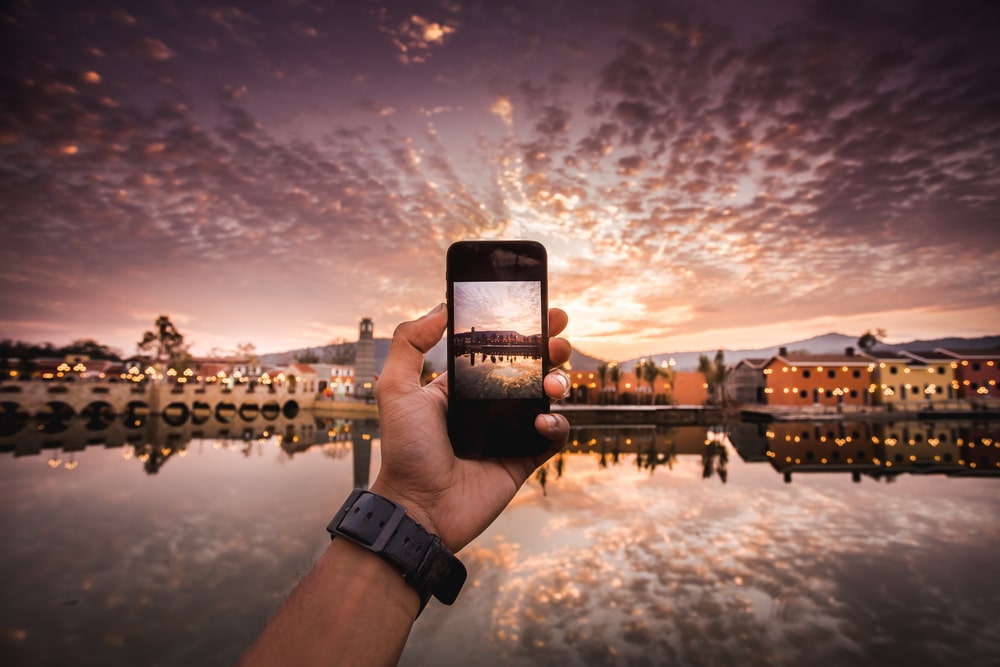
It can be tempting to take pictures of things that are pretty or cute – a great sunset, a bluebell wood, or an adorable shot of your cat peeking out of a plant pot. These types of pictures are in a very competitive market, however.
Stock libraries want a wide range of pictures, covering many different subjects, ideas, concepts, cultures and issues.
When a buyer types a search term – no matter how obscure – into their site, they want to find an image to match their needs.
Think about the types of photographs you see in the news.
- A story about food hygiene might be accompanied by a shot of someone washing their hands.
- An article about petrol prices might show someone fuelling their car.
- We use a lot of pictures of money, credit cards and simple pound signs!
These descriptive images are the real money spinners. Think about what you see in corporate communications, branding, even advertisements – these are the types of images that will do well, especially if you can take several variations of the same products or actions. If you’re using people, make sure they sign waivers to allow you to sell their image, and try to be as diverse as possible with your casting.
Picture quality

We’ve all taken dud photographs. Maybe it’s a family portrait in which Aunt Molly has been accidentally decapitated. Or a group shot, with an unknown stranger throwing crazy dance moves in the background. Perhaps overuse of the flash has left your subjects looking like Casper the Friendly Ghost.
If you’re using a digital camera, a bad shot is not the end of the world. But there are a few rules of thumb that you can follow to improve picture quality.
- Buyers often want high resolution images they can crop to fit into a particular space. Leave a little extra space around the subject of your picture, so it can be cropped to size without losing anything crucial.
- Generally speaking, buyers want clear, bright colours, as anything washed out or over-saturated will not reproduce so well. It’s often worth playing with the exposure settings on your digital camera to improve this.
- Try to get a ‘clean’ shot. This means there is nothing in the background that will detract from the focus of your picture. And hold the camera steady and straight.
While it can be tempting to want to learn how to do all kinds of fancy photo editing stuff with Photoshop or other software, remember that your photo is going to form the base of someone else’s work. That means they usually don’t want things that have lots of digital alterations already – so keep things simple, and only use editing software to enhance your image (such as correcting a slight colour issue, or removing a person from a background that shouldn’t be there).
There are hundreds of websites offering tips on digital photography. But remember, rules are made to be broken!
Legal considerations
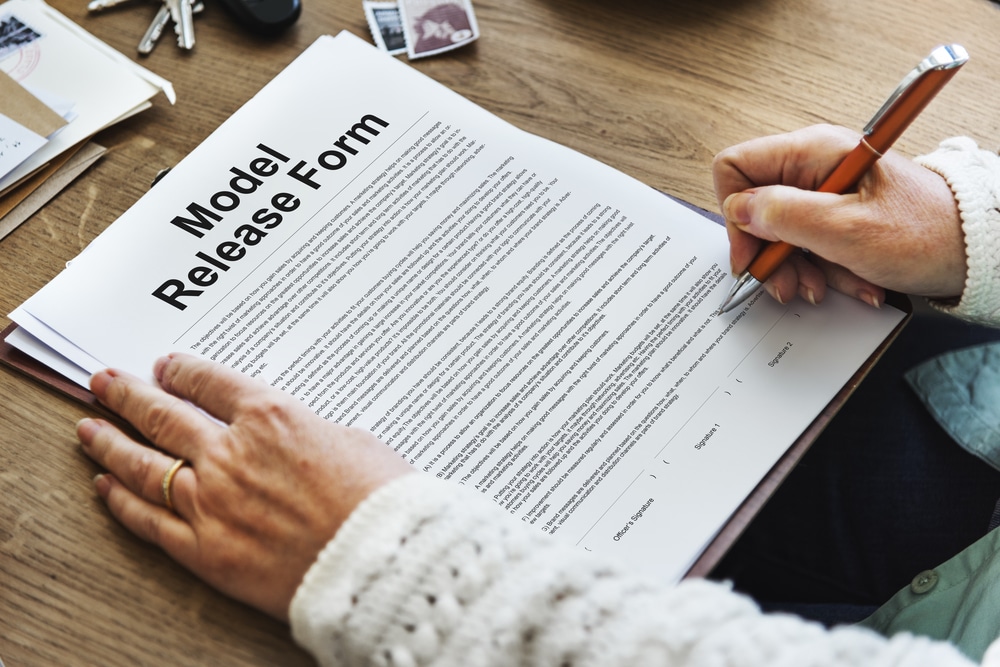
- Pictures of identifiable houses or models (any person who is in the photo) will in most cases need a release form. This is signed by the model or house owner to cite that their permission has been given for you to profit from their personal belongings. Each website has a release form for you to download if you need it.
- Avoid taking pictures of car registration plates, company logos (these might be Registered Trade Marks) and anything that could be considered inflammatory (racist graffiti, for example). You should also be careful of some buildings if they are registered as artworks. For example, you can take photos of the Eiffel Tower – but not of the light display at night, which is a copyrighted artwork.
- Finally, decide how much control you want over how your image is used. In UK law, a photographer automatically owns the copyright to his or her work unless they sell it on and sign a contract.
- Most online agencies allow the photographer to retain copyright, but they sell the pictures under different licenses. The buyer will have to specify whether they intend to use the photo in a magazine selling 100,000 copies a month, a website with a medium number of unique visitors, or for private personal use. The price will reflect this scale of use.
It is quite possible that you could sell an image through an online agency for £3, and discover it is on the front page of a book being sold around the world. If you are concerned about this look for a site that allows you to sell ‘rights managed’ images, and to apply restrictions to the sale of your photographs. It’s a complicated topic, but Alamy explains the different structures well.
Submissions guidelines
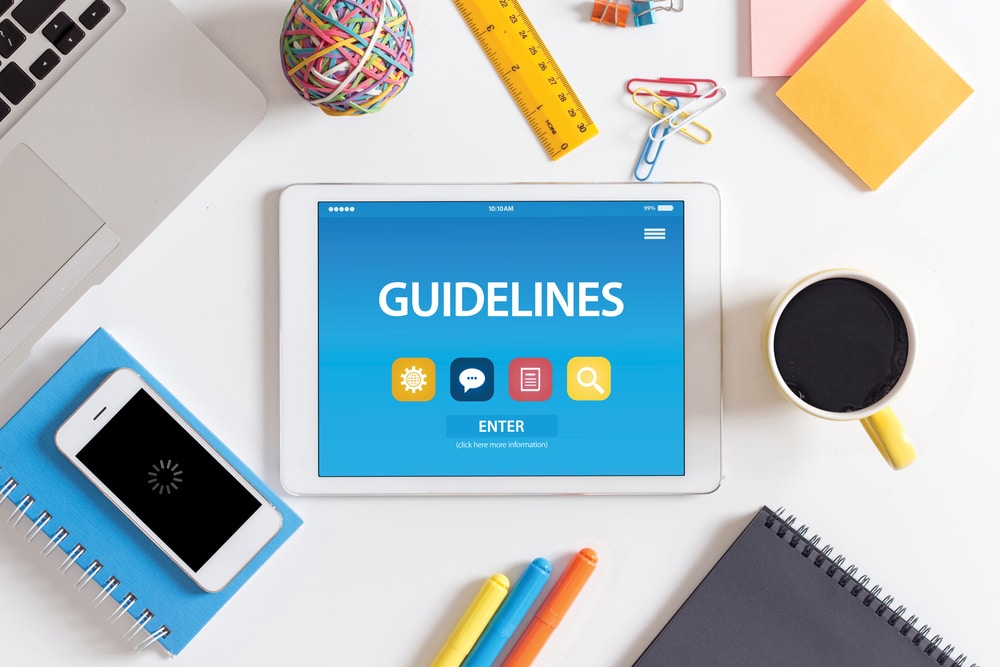
Most of the stock sites specify that if you want to submit a photo to sell, it has to be a high quality (low compression) JPEG.
The higher the image resolution, the more you’ll be paid. Image resolutions are grouped into web resolution (below 1200 by 1000 pixels, this will fit straight onto a web page), medium resolution and high resolution. The high resolution shots will normally take a few minutes to download.
How much can you make if you sell your photos online?

The price you earn depends on the resolution of your photographs, as higher quality images are more expensive.
The types of photo-selling websites can be divided into microstock (high volumes of photos, low prices paid per photo) and macrostock (vice versa). There have been suggestions that microstock sites devalue photography, but on the other hand, selling a photo for just a few pounds can give a beginner a confidence boost.
Microstock
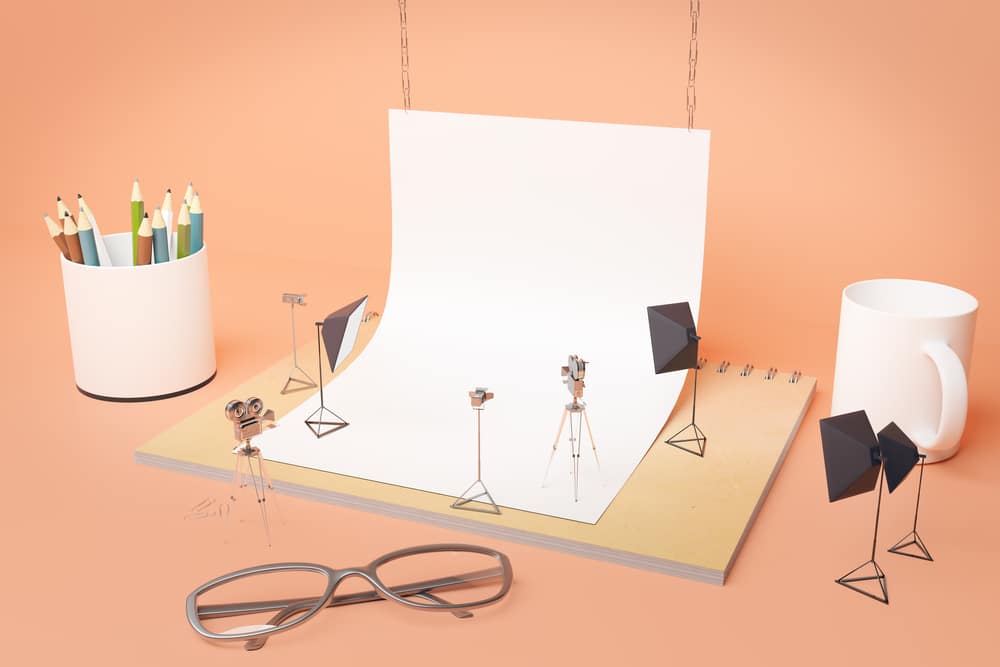
To make money on these sites, you’ll need to aim for volume sales.
The royalty structure on iStockphoto is 15%, but you could make up to 45% for exclusive pictures when your ranking is high. This being said, its rates of pay are very low and depend on the buyers, so you may not get anything for web resolution photos. This site is probably only good to look at when you can sell high resolution photos of very good quality.
Macrostock
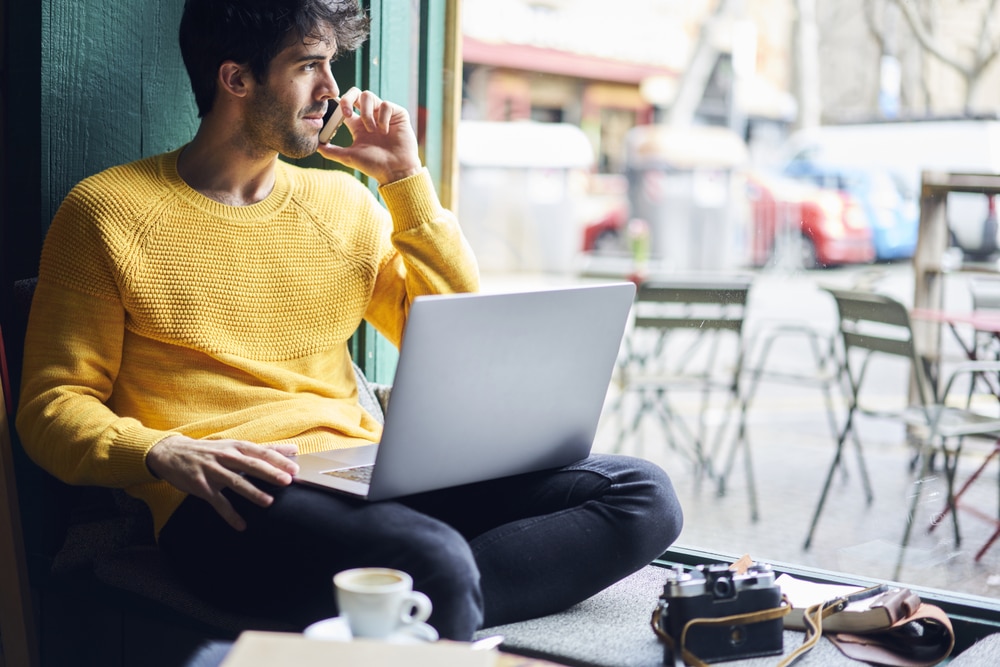
Alamy supplies a high-end market of editorial, advertising and publishing companies, so it’s safe to say anything you submit has to be high quality that follows their submission guidelines strictly. If you do, you have the potential to earn 65% commission. Their prices begin with £35 for a web resolution royalty-free photo, and up to £230 for the highest resolution royalty-free picture. Exclusive pictures command a slightly higher selling price.
Sell news photos for big money

If you witness a potential news story or have an interesting celebrity encounter, get a snap of it and you could make serious money by selling your photo to an agency.
Agencies will sell your photos on to major newspapers and magazines in exchange for commission.
They will pass images on to the Daily Mail, The Sun, The Daily Telegraph, Heat and the Daily Mirror to name a few. Most agencies accept images in all formats, including those taken on a mobile phone.
The clearer your image is, the better it’ll sell, but if yours is the only photo available, quality won’t be as much of an issue.
How much can I earn?
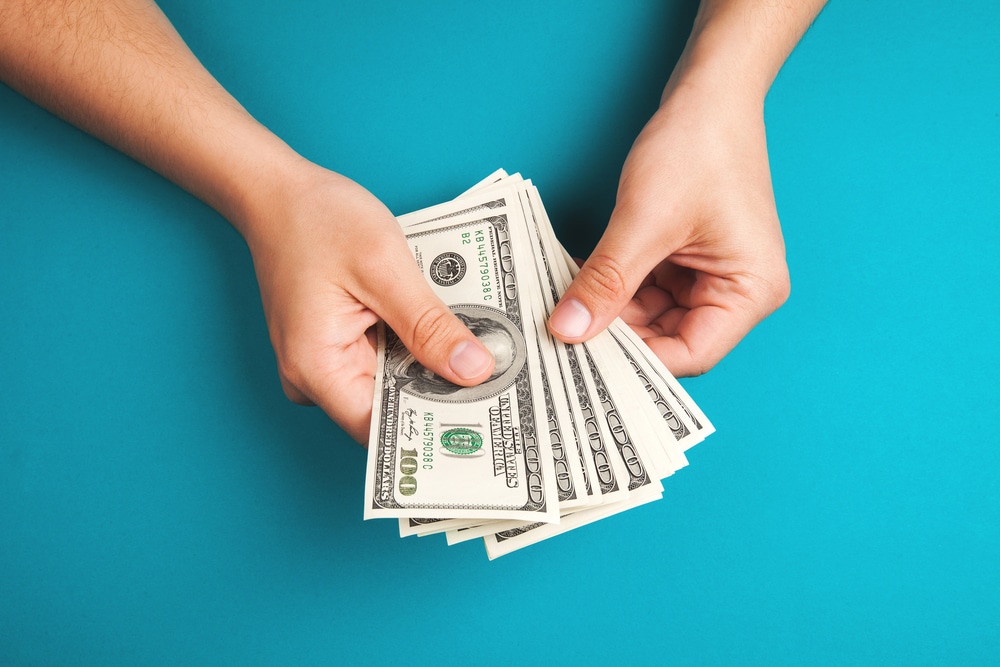
How much you can earn depends on what the photo depicts. If it’s a huge, unexpected occurrence which will become global news, you stand to make hundreds if not thousands.
Likewise a celebrity snap – if you manage to capture someone famous in an embarrassing or unusual situation, there’s potential for you to make serious cash.
However, a photo of a Z-list personality walking down the street won’t be anywhere near as valuable. Nevertheless, every little helps develop your portfolio online and nab that extra bit of cash.
Get snapping!
Got any picture-perfect money spinners? Tell us about it in the comments below.
The post How to Sell Your Photos Online appeared first on MoneyMagpie.
www.moneymagpie.com (Article Sourced Website)
#Sell #Photos #Online
